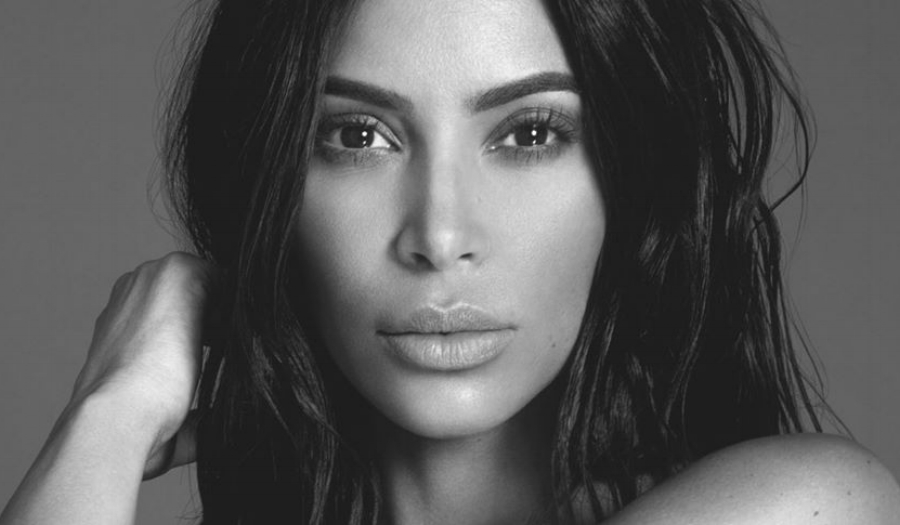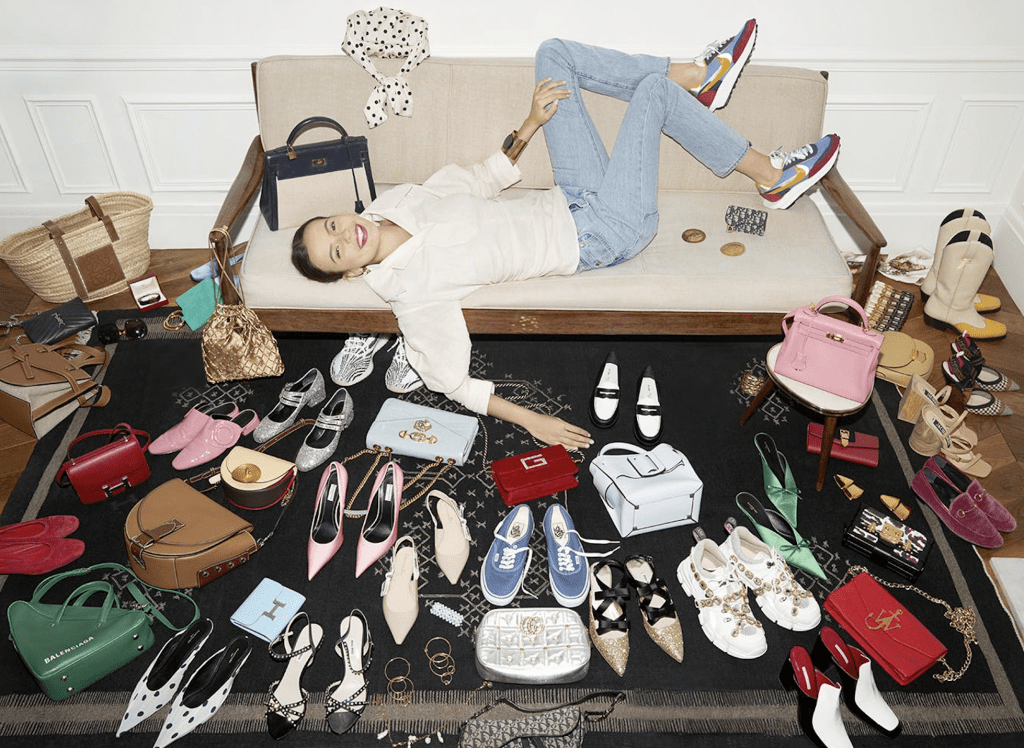Each year, the Council of Fashion Designers of America (“CFDA”) holds its awards ceremony. From designers’ muses to big-name creatives, at least some of whom are famous in their own right, the New York-based trade organization’s annual awards ceremony has long drawn celebrities to its red carpet. Nonetheless, there has been an undeniable push by the CFDA to lure even bigger names into its orbit in recent years.
The push for prominence on the red carpet was most clearly seen when the CFDA – which boasts a roster of roughly 1,500 members, ranging from relatively little-known emerging talents to famed figures like Marc Jacobs and Tom Ford – introduced its “Fashion Icon” award.
In the past, the ultimate award of the evening was the Womenswear Designer Award – which has been handed out to Marc Jacobs, Raf Simons, Joseph Altuzarra, and Mary-Kate and Ashley Olsen’s brand The Row, among others. This prestigious Trova, as the statues are called, has since been eclipsed (for many viewers) by the Icon award and its recipients Rihanna, Pharell (who was given the award by Kanye West), and Beyoncé since it was first introduced in 2014.
The CFDA has been working to boost the visibility of its Awards show in other ways over the past several years, as well. This has taken the form of famous presenters and hosts; red carpet coverage by E!, a proposed live television broadcast in 2016 (it was subsequently called off); and a livestream, which was hosted by Brad Goreski on Facebook, for the first time last year.
In addition to including particularly relevant names on the list of nominees (Supreme founder James Jebbia and Off-White’s Virgil Abloh, both of whom have been nominated this year, immediately come to mind), another award has been added to the lineup, as well: The Influencer Award.
As reported by WWD, CFDA CEO Steven Kolb says it was Tommy Hilfiger’s idea to add a new award. “Tommy Hilfiger said, ‘If you think about influencers and how they’ve changed our industry, I think we should acknowledge that,’” said Kolb. Kim Kardashian will receive the award, and in accordance with the CFDA’s rule that in order to receive a special award, attendance is mandatory, she will absolutely be in attendance, making for what will likely be one of the most heavily-followed and heavily-Instagrammed CFDA Awards to date.
This undeniable push for more mass appeal by the CFDA is sound, as the annual awards ceremony is “both a financial and marketing imperative” for the CFDA, as the New York Times’ Vanessa Friedman put it not too long ago. Yes, the CFDA Awards is an opportunity to raise awareness for the CFDA and its members, as well as a chance for them to align themselves with powerful industry players.
By handing out non-designer awards, such as the Fashion Icon Award and now, the Influencer honor, the CFDA is able to ensure big name attendees from outside of the fashion industry. Rihanna and Beyoncé certainly ensured maximum publicity in their respective award years. These women had a significant segment of the population watching, including a huge number of individuals who had certainly never heard of the CFDA or some of its nominated designers.
Yes, by packing the red carpet with A-listers, the CFDA has, in fact, broadened the appeal of the evening and ensured widespread media attention. The byproduct of this may be that the focus shifts at bit from the designers being honored, to those that are the biggest stars. However, the Rodarte’s and the Joseph Altuzarra’s of the industry, who stock worldwide and yet, are little known compared to the Chanel’s of the world, stand to gain from the growing fanfare associated with the new-and-improved CFDA Awards.
While industry insiders and truly devoted fashion fans know (or at least can appreciate by close observation) the value inherent in a brand that manufactures locally, uses the finest materials and/or puts forth an innovative aesthetic, the general public arguably does not. That is usually not what drives their interest and/or purchasing behavior. (Not convinced? Look at the success of Vetements, whose creative director Demna Gvasalia was handed the CFDA’s International Award last year).
The average Joe often needs Rihanna or Beyoncé or Kanye or [insert your favorite star’s name here] to wear a garment by a designer that is not as established as Gucci or Louis Vuitton or Prada or Chanel or for Kim Kardashian to grace a red carpet in order to make the brand/event relevant or interesting or “fashionable” to them.
As such, there is a strong argument that even if the evening’s award winners are overshadowed a bit by Hollywood, it is in their best interest that stars show up, wear their designs, get photographed and cause a media frenzy.
Red carpets are powerful marketing opportunities, after all … but only if there are stars worth tuning in for. The CFDA understands this.











